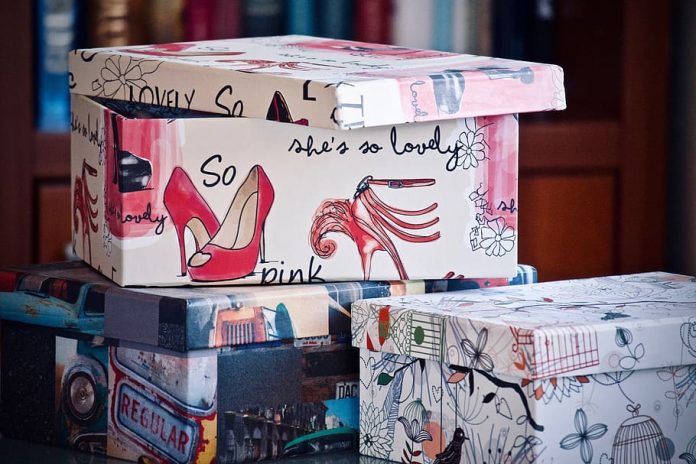Packaging is highly complex, and choosing the right printer can be complicated if you are unfamiliar with the procedures and the pros and cons. If you request a custom quote from packaging companies, the only limit is the printing technologies they can access. But, your choice should not be influenced by this. Because cardboard is rigid and flat, you can benefit from a wide range of printing options that other packaging materials do not offer. Some popular printing techniques can be used to print cardboard boxes.
Offset Printing
Offset is a popular technique for contemporary bulk printing works. Manufacturers use printing plates for box printing. They are covered with ink and then placed on paper to be printed. Modern offset printing press uses rollers rather than plates. This method primarily prints cardboard boxes, stickers, and labels.
This gives you retail quality printing. Pharmaceutical, cosmetic, food and retail box printing using offset printing technology for high-quality prints. More than four colors can be printed in this process. However, only 1 or 2 colors are most commonly used. This process allows the application of specific coatings. The layer gives the packaging an elegant look and can provide a smooth matte or ultra-glossy appearance. The offset can also produce smooth results where banding is needed.
The most significant disadvantage of this process is the tooling cost and time involved. To keep the cost low, it is necessary to purchase large quantities of printed material. Many box printers have an abundance of prints for you to order. In addition, offset printing can only be printed using flat materials.

Flexographic Printing
Flexography is often used to make bags with vertical sides. However, companies also use it to make custom boxes. It is similar to offset, but flexography uses a light-sensitive plastic rather than a flat plate. A 3D relief is created and placed on a roll that prints the artwork. With flexographic printing, printing costs will be reduced. In addition, tooling prices are considerably lower. It offers a faster response time and can be used with both oil-based and water-based inks.
Compared to offset printing, the flexographic printing process is noticeably lower in quality. Not suitable for photo printing. Additionally, the flexographic printing process has visible banding when printing gradients or soft colors. Recording with four-color processing is even more difficult.
Digital Printing
It is commonly used for small-scale printing. Labels and foils for packaging that are flexible and foldable paper boxes and corrugated boxes – each of which uses digital printing. Packaging prototypes also use digital printing.
Digital printing is surprisingly affordable. This is because it is free for tools. No setup is required! You must visit the printer with your design and print it immediately. Most printing companies also offer a lower minimum order quantity for digital prints. This printing method is a rapid change; if set up correctly, it can provide prints of the same quality as offset printing.
Digital box printing is challenging to print in large volumes. Furthermore, this printing method does not provide protection like offset printing. In addition, digital printing does not use metallic inks. Also, unit costs are expensive compared to flexographic or offset printing.
Rotogravure
It is commonly used to create bags that stand-ups. Collapsible boxes can also use this method. Press film or paper onto the inked gravure cylinder. Rotogravure is not as common compared to flexographic and offset printing. Rotogravure printing can also have very long-lasting prints.
If you invest in this method, it is recommended that you buy the most significant volume of prints. Complex tooling can also increase lead time.
Screen Printing
It is used for printing labels, folding boxes, promotional items and even prototypes. Silkscreen is an excellent choice for custom box printing. This is the case with personalized bottles and caps, shirts and mugs. The installation cost is relatively low. Silkscreen is also a great option in smaller quantities and does not require an even surface.
Production speed using screen printing is lower. The procedure requires manual work, meaning human error could be displayed. In addition, the print quality can be inferior, the color accuracy is not as high, and it is not an excellent alternative for high-volume printing.
What is the Suitable Printing Method for You?
The ideal printing solution depends on your needs and budget. If you are looking for high-quality printing results, flexography is the first choice, followed by the offset printing technique. If you print in smaller quantities, you may also opt for digital printing. If color accuracy is essential in your life, choose rotogravure printing. Silkscreens are the best option for small-scale projects.


















